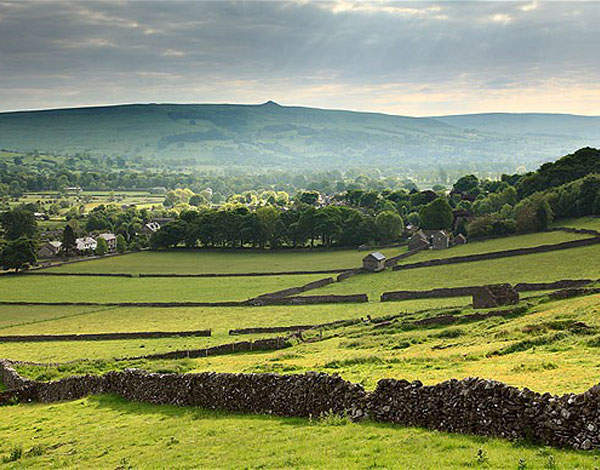

Average agricultural values have risen by an astounding 222 per cent over the past decade (compared with a rise of 58 per cent for the FTSE 100). During the third quarter of 2013, the value of farmland outperformed residential property in the UK (even in prime central London) for the first time in sixteen years.
The statistics do not of course reflect regional variations (and location is key) but large blocks of good arable land in the right areas are much in demand from individuals and funds in the UK and overseas who are keen to diversify and, importantly, exploit the investment potential of the agricultural sector.
Read more on land investment from Spear’s
What is the key to the outperformance of farmland as an asset class? It seems to be a combination of the following external factors and incentives, which are operating together to push up prices:
Capital investment
Many regard investment in arable land, a tangible asset, in much the same way as they would an investment in commercial/residential property, namely a vehicle for capital growth. Demand from farmers, lifestyle buyers and investors in search of a stable investment, coupled with historically low availability as farmers hold on to their assets for the long term, is helping to drive up prices.
Demography
There has been a resurgence of UK-centric agricultural activity in order to meet the demands of a growing global population, increasing the appeal of farming as business or investment. Many are prepared to pay a premium over agricultural values to buy into this trend and acquire the right farms.
Annual yields
Many investors now regard arable land not only as a stable store of wealth but also as potential source of income. There has been an increase in the time and resources dedicated to agricultural research in recent years and opportunities for annual yield (eg renewable energy, diversified farm businesses and cropping flexibility) are evolving.
Tax incentives
Many regard the UK as enjoying the most liberal land ownership laws in the world. Indeed, the availability of agricultural property relief and business property can operate so as to remove much farmland from the charge to inheritance tax relief.
The rules are relatively complex and care is needed if land or farm buildings have development or amenity value and are owned personally and used by a farming partnership or company. Broadly speaking, however, landowners are able to pass down their holdings to the next generation in a tax-efficient way (subject to certain ownership conditions) which is an attractive prospect.
Prime farmland in the UK is, therefore, fast becoming this season’s must-have accessory but investors must be prepared to dig deep in future as average prices per acre are predicted to continue to rise over the next few years.
Lydia Essa works at boutique private wealth law firm Maurice Turnor Gardner LLP (Lydia.Essa@mtgllp.com)






